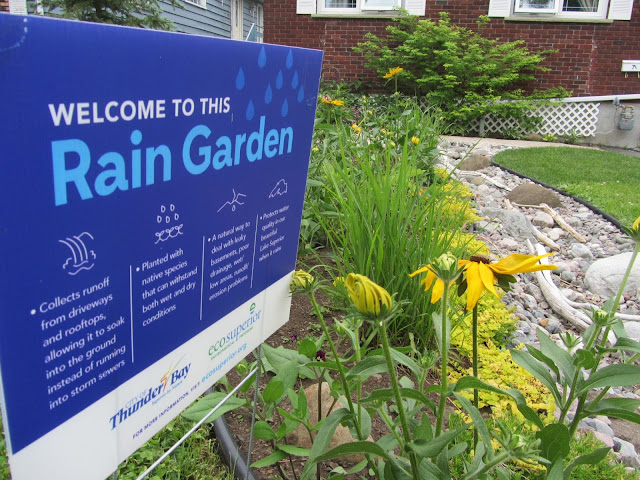Here was the monochromatic view out our window this morning.
All this snow has got me thinking about watersheds. Where does the runoff go when the snow melts? And how does paving natural areas affect the cycle?
This image from the website waterbalance.ca shows the earth's water cycle and how urban development affects pollution of both surface water and groundwater.
The image below, from the US Geologic Survey, does a better job of showing snow melt as part of the water cycle. However, it does not show urban areas, and the impact of urban development on water quality and groundwater quantity.
Years ago I met an engineer, Tom Holz, who had pioneered what he called Zero Impact Development in Seattle. This is an approach to urban development to try to mimic nature, and keep rainfall and meltwater in place as much as possible, rather than piping it "away".
Zero Impact Development is also termed "Green Infrastructure":
- Subdivisions are developed with a lower proportion of hard surfaces, and more "permeable" or water absorbing areas.
- Runoff in parking lots is directed to areas of permeable soil.
- Streets are narrower than the standard subdivision width.
- Street development includes wide strips of deep soil to absorb rainwater without runoff. The photo below illustrates this. A swale, or depression, keeps water from running onto the roadway.
- Zero Impact Development favours alternative ground covers to traditional lawn grass, which is not very effective at absorbing water during rainfall events.
- Benefits include reduced runoff, thus reducing the risk of flooding and erosion.
- Overall, water pollution is reduced, because runoff water is filtered by the soil, before seeping out into lakes, rivers and the ocean.
 |
| Stormwater Swale - a feature of Zero Impact Development. Source: The Nature Conservancy |
For more information, refer to the EPA publication "Expanding the Benefits of Seattle's Green Stormwater Infrastructure" (EPA 832-R-16-011, January 2017), available at https://www.epa.gov/sites/production/files/2017-03/documents/seattle_technical_assistance_010517_combined_508.pdf
The image below shows how individual properties can help manage stormwater runoff, by planting "rain gardens", areas where water can be diverted, with deep spongy topsoil and water-loving plants.
 |
| Source: http://www.thewalleye.ca/event/rain-garden-tour-2 (Thunder Bay, Ontario) |
Climate change is leading to more severe storm events. Planning for stormwater runoff can protect our urban infrastructure from flooding, as well as protect water quality.
It is essential we change our ways of developing subdivisions.




No comments:
Post a Comment